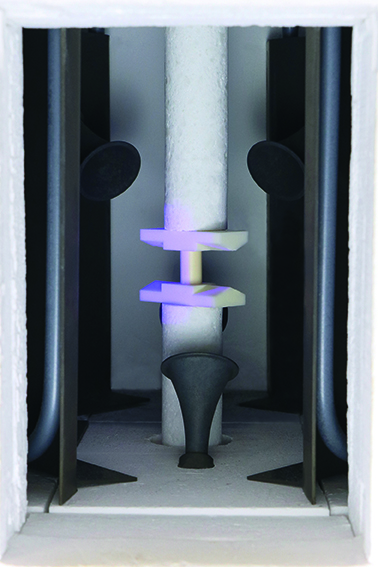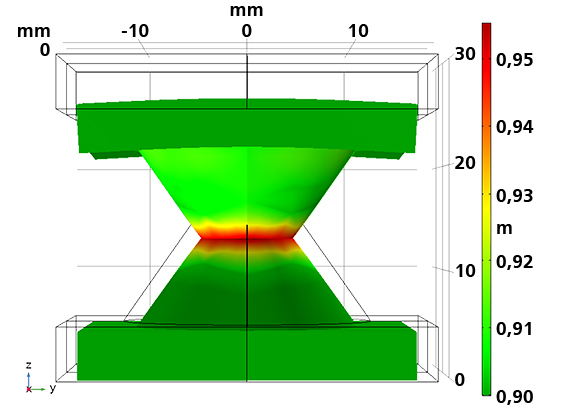Currently funded project
Motivation


Selective Laser Melting (SLM) and Electron Beam Melting (EBM) have so far dominated the field of 3D printing of metals. Both processes enable flexible component production at high speed. However, selective melting of metal powders by means of laser or electron beam is associated with a high energy input. Furthermore, the temperature gradients generated in the powder bed restrict the metal alloys that can be processed and the component geometries. The two 3D printing processes Layered Powder Metallurgy (LPM) and Binder-Jetting (BJ) represent two alternatives which shall be evaluated and optimised with regard to industrial application.
Objective
The aim of the project is to develop an energy-efficient and economical powder bed process with subsequent heat treatment for additive industrial production for the first time. To achieve this, the density and homogeneity of the green body shall be significantly increased by using modified aluminium and steel powders and a new type of post-compaction. Process simulation shall be used to provide an adapted a-priori design of the printend components which takes the heat treatment and leads to a 3D production in final shape into account.
Approach
- Optimisation and qualification of two 3D printing processes Layered Powder Metallurgy (LPM) and Binder-Jetting (BJ) for industrial applications
- Development of aluminium and stell powders with adapted properties, e.g. flowability, packing and sintering behaviour
- Further development of in-situ measurement methods for the investigation of direction-dependent sintering and creep behaviour
- Development of predictive simulation models for the consideration of sintering distortion in component design
- Optimisation of the heating processes (debinding and sintering)
- Economic and technological evaluation of the processes
Project Data
| Project Duration | 01.05.2020 - 30.04.2024 |
| Sponsor |
Bavarian Joint Research Programme (BayVFP) Materials promotion line |
| Funding Amount | 402,500 Euro |
Project Partners
|
Fraunhofer-Centre HTL FIT Additive Manufacturing Group Eckart GmbH |
| Project Coordination | FIT Additive Manufacturing Group |
| Project Management at the HTL | Dr. Holger Friedrich |

 Fraunhofer ISC, Center for High Temperature Materials and Design HTL, Bayreuth
Fraunhofer ISC, Center for High Temperature Materials and Design HTL, Bayreuth
